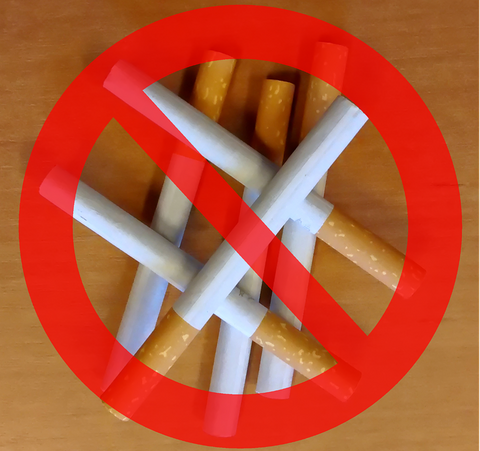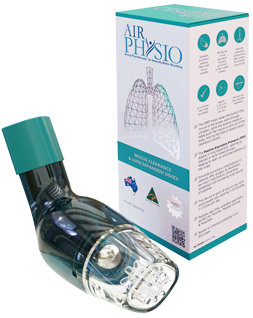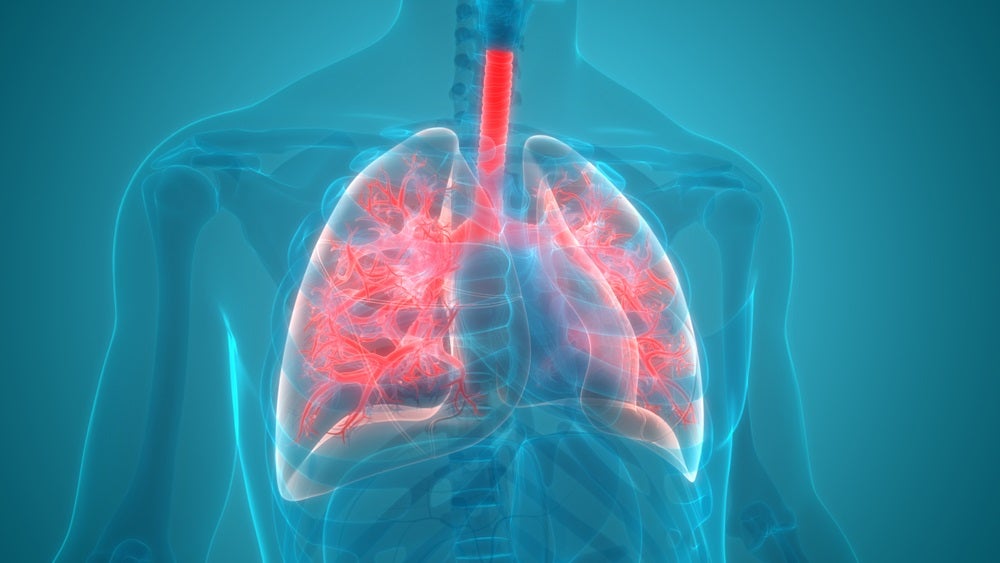Can You Live with One Lung? Survival and Outlook
While most people are aware that it is possible to live without an appendix or reproductive organs, we tend to think of our lungs as “mission critical” to the body’s ability to function (along with the heart and the brain). The lungs are, after all, a key organ and one that we actually feel as they are working (or when they are in distress).
You rarely hear someone mention feeling their spleen “acting up,” and an appendix is all but forgotten until it is inflamed (which typically results in its removal or an appendectomy). But we are aware–sometimes acutely aware—of our lungs as they function, and we draw breath in and then exhale.
Anyone who suffers from any kind of respiratory distress, from asthma to emphysema, notices when there is a change in lung function. Those with allergic asthma, in particular, may be able to tell when certain irritants have appeared in the environment around them (such as pollen) just by the wheezing or shortness of breath that ensues.

Of course, even perfectly healthy individuals without these conditions are also aware of their lungs: an Olympic sprinter can feel his lungs burning after a race. A young mother may feel a bit winded after chasing a toddler up and down the stairs. Any of us may find it slightly difficult to draw a breath in as we step outside into frigid temperatures in the winter months.
Can you live with one lung? Our lungs are indeed critical, but what may surprise you is that we can, in fact, live with only one lung. While it is not ideal, it is also not impossible. Our amazingly resilient bodies can find a way to function with only one lung, and we will explore why some patients are faced with lung removal and what the outlook is like for those patients.
LOSING A LUNG: HOW AND WHY IT HAPPENS
The removal of a lung, or a pneumonectomy, is most associated with the following health conditions:
- Lung cancer or lung disease
- Complications from smoking
- Fungal infections
- Traumatic injuries
- Tuberculosis
Fortunately, thanks to modern medicine, we can effectively treat many infections that may have once led to lung removal. Sometimes, however, a lung removal is the only option to treat a specific injury or condition.
How a Traditional Pneumonectomy Works
To remove a patient’s lung, a highly skilled surgeon will cut an incision along the side of the patient’s body, followed by additional cuts to some muscle. After these cuts, the surgeon will spread two of the ribs and remove the lung.
In some cases, the surgeon might have to remove part of a rib to successfully remove the lung.
The long incision will run from under the patient’s arm and around the back, and a dressing will be applied after the surgery is complete (it will take several hours). After a pneumonectomy, a patient will stay in the hospital for several days to have vital signs and recovery monitored closely by physicians.
Some breathing therapy may be ordered to help patients remove fluid from lungs that may have accumulated during surgery.
How a VATS Pneumonectomy Works
Video-assisted Thoracoscopic Surgery or a “VATS” procedure is sometimes performed as a minimally invasive alternative to a traditional surgical pneumonectomy. This surgery involves much smaller incisions; however, it is not suitable for all patients who need a lung removed.
Patients with early-stage tumors outside the lung could be eligible for this procedure, but most of those patients who need a lung removed would have to undergo the traditional procedure.
WHAT IS THE OUTLOOK FOR PNEUMONECTOMY PATIENTS?
Life with only one lung can still be relatively normal, and a pneumonectomy should by no means be seen as an end to all the activities you enjoy. However, realistically speaking, it does mean you may have some limits you may not have experienced before.
The way a body adjusts to one long varies from person to person; no two pneumonectomy patients will have the exact same experience. For example, after the initial months of recovery, one person may still feel extremely winded by a flight of stairs, whereas another may be able to climb the stairs with relative ease.
The most important thing to bear in mind is the need to follow your physician’s specific instructions for recovery, and your surgery may be followed up with medications, breathing exercises, and other forms of respiratory therapy.
How well you recover from this serious surgery is, in some ways, down to how well you follow instructions. Many patients can successfully adjust to life with one lung and experience relatively few complications after pneumonectomy. Still, it remains a high-risk procedure, and patients need to discuss these risks with their physicians beforehand.
Pneumonectomy Risks
If you are a candidate for a pneumonectomy, your doctor will review the following risks and possible complications with you:
- Abnormal heart rhythms
- Blood clots
- Excessive bleeding
- Pneumonia
- Reduced blood flow
- Respiratory failure
These potential complications could present serious challenges during and after the procedure, and it is possible a patient could even experience several of them simultaneously.
.This is one of the main reasons you will remain in the hospital for at least several days after the surgery is performed, to ensure that your medical team can look for warning signs associated with any of these complications.
As with any serious surgery, there are also risks associated with anesthetics, and your physician will also review this with you in detail. Your entire health history should be considered before a pneumonectomy, as some patients may have other conditions that could further complicate the surgery and their ability to recover successfully.
One group finds challenges in a pneumonectomy recovery in patients with lung issues related to a history of smoking. These patients may find it the most difficult to adjust to the use of one long and may still be particularly winded during physical activity. For this and a million other reasons, there is no better time to quit smoking than NOW.
SMOKING CESSATION TO AVOID A PNEUMONECTOMY
In some cases, the lung damage from smoking may be beyond repair, and the lung must be removed. However, some patients may be advised that surgery can be avoided, and some healing is possible once they quit smoking.

Various methods have been shown to work when it comes to smoking cessation programs, including everything from hypnosis to pills to patches to the old-fashioned “cold turkey” method. However, the most important thing to remember is that what worked successfully for a friend or neighbor may not be the right fit for you.
Some tips to consider if you are ready to quit smoking are:
- Reach Out for Support. Do not try to go it alone, as quitting smoking can be incredibly difficult. Ask loved ones for their support and understanding, and encouragement. You are likely to find a large cheering section once you announce your intention to quit smoking.
- Do Your Research. While certain medications have been shown to work well for curbing nicotine cravings, they may have side effects that outweigh their benefits. Speak to your doctor about the side effects of some of these medications (such as depression) and be sure to carefully monitor your reactions to any new medication. You should never abruptly stop prescription medication without consulting your physicians.
- Find a Replacement. When the cravings to smoke hit, find a replacement activity to distract yourself. Whether that means a quick, brisk walk, a phone call to a friend, reading a chapter of a book, munching on a healthy snack, or meditating, you will need to occupy your mind to avoid the temptation to light up.
- Avoid Triggers While You Kick the Habit. As difficult as it may sound, you may need to give up some other habits, at least temporarily, if they trigger your cravings to smoke. This might mean foregoing your afternoon coffee or happy hour wine. Instead, replace them with a cup of a hot tea or a non-alcoholic spritzer for the time being.
THE PNEUMONECTOMY OUTLOOK: ROAD TO A SUCCESSFUL RECOVERY
Can you live with one lung? While it is indeed a serious procedure with considerable risks, a pneumonectomy can ultimately prolong a patient’s life in many cases, improving their survival rate. Moreover, this is a surgery that many people successfully recover from and go on to resume an active life.
If you follow your doctor’s specific guidance for how you should both prepare for and recover from the procedure, you should be able to resume some of your normal activities within a few months’ time.
Some patients may take longer to recover, but you should not be discouraged if your progress is simply a bit slower. Once your body adjusts to using one lung only, you will begin to find it easier to do many of the things you enjoyed before surgery.
CAN YOU LIVE WITH ONE LUNG FAQ’S
You may still have a few questions when it comes to the question of your lungs and overall health. Here are the answers to some of the more commonly asked questions.
What is the life expectancy for someone with one lung?
Many people can live with just one lung. They will live almost as normally as anyone else, and it won’t necessarily impair their life. However, some physical abilities may need to be limited.
How long can you live with a collapsed lung?
A collapsed lung or small pneumothorax can go away on its own over time in some cases. However, you may require oxygen treatments and rest. If you have a large pneumothorax, then a chest tube will likely have to be placed. The prognosis of a collapsed lung depends on the cause.
What is the survival rate for each stage of lung cancer?
When in the SEER stage of lung cancer, the survival rate is five years. Most lung cancer and bronchus cancer are diagnosed at stage four or distant small cell lung cancer and have a 7 percent survival rate. All stages combined for non-small cell lung cancer come with a 25 percent survival rate.
When is lung transplant surgery necessary?
A lung transplant surgery may be recommended for someone who has serious lung problems that can no longer be treated or improved with any other treatment. Without a lung transplant, the patient’s life expectancy can drop to between 12 and 24 months.
Average Lung AirPhysio
ENJOY BETTER BREATHING - Use this 100% Drug Free Device - AIRPHYSIO

Recent Posts
Sports AirPhysio
IMPROVE YOUR SPORTING PERFORMANCE - Use this 100% Drug Free Device - AIRPHYSIO

AirPhysio Child
BETTER BREATHING FOR YOUR CHILD - Use this 100% Drug Free Device - AIRPHYSIO

Categories
- asthma (2)
- atelectasis (2)
- bronchiectasis (2)
- copd (3)
- cystic-fibrosis (45)
- featured (10)
- uncategorized (2)


